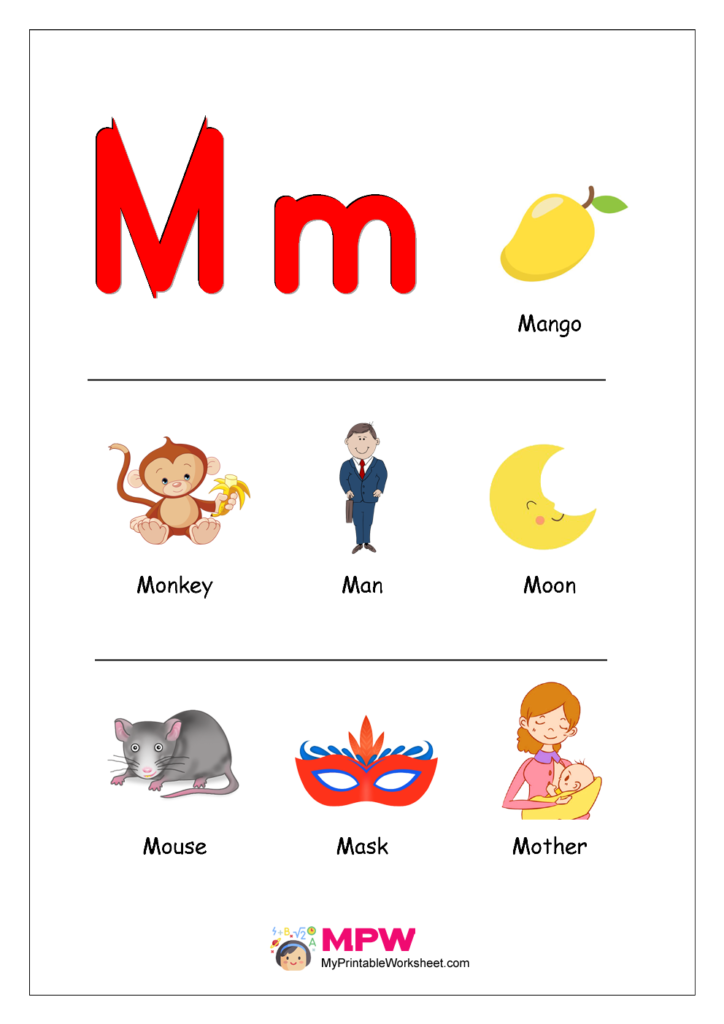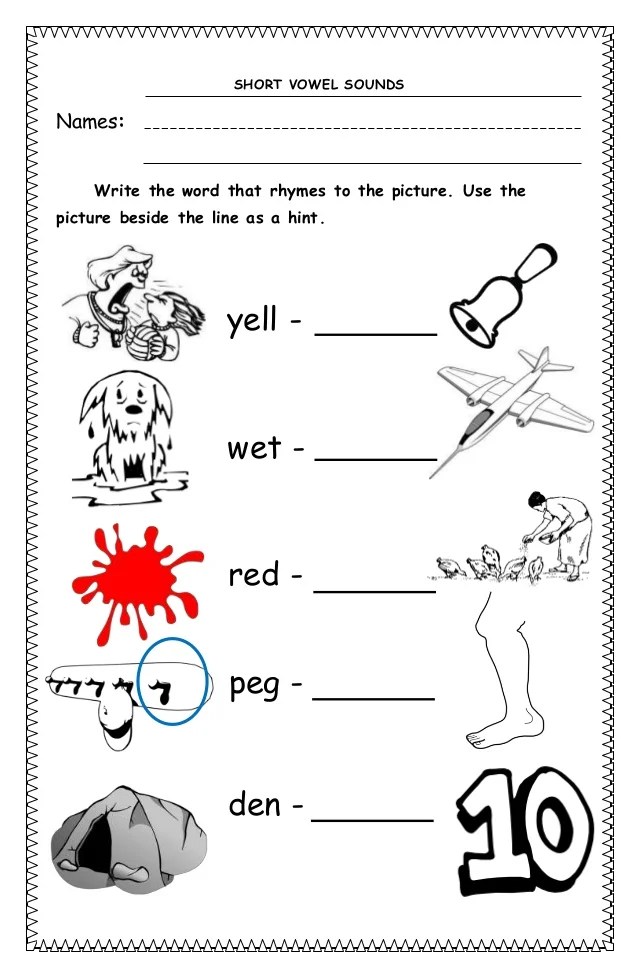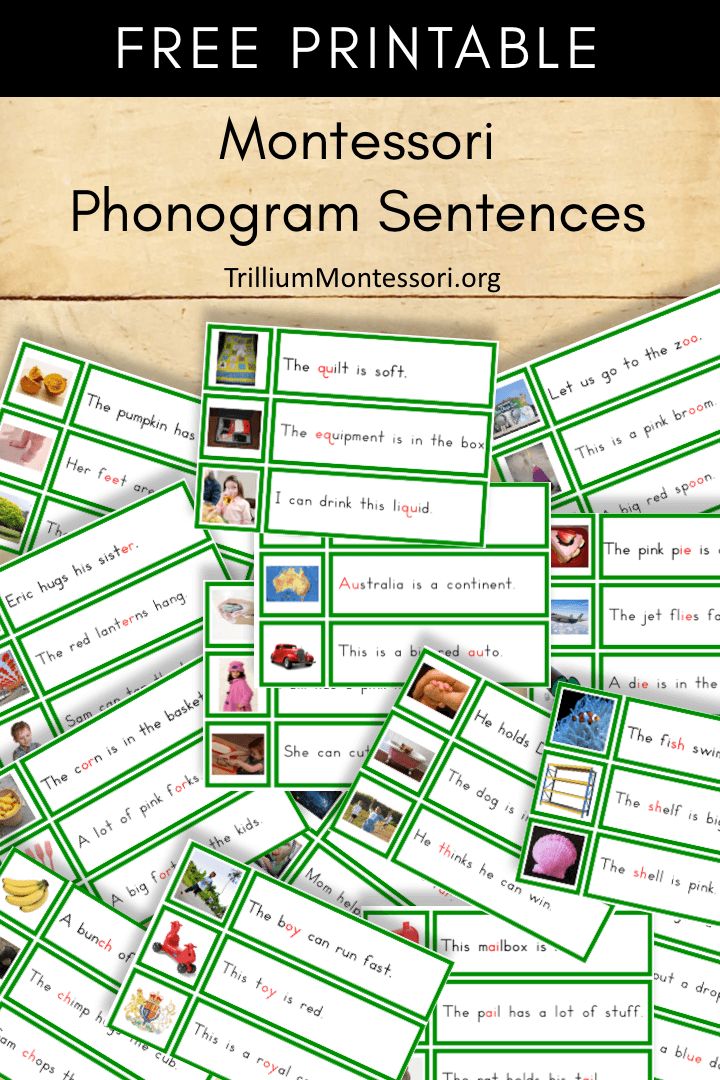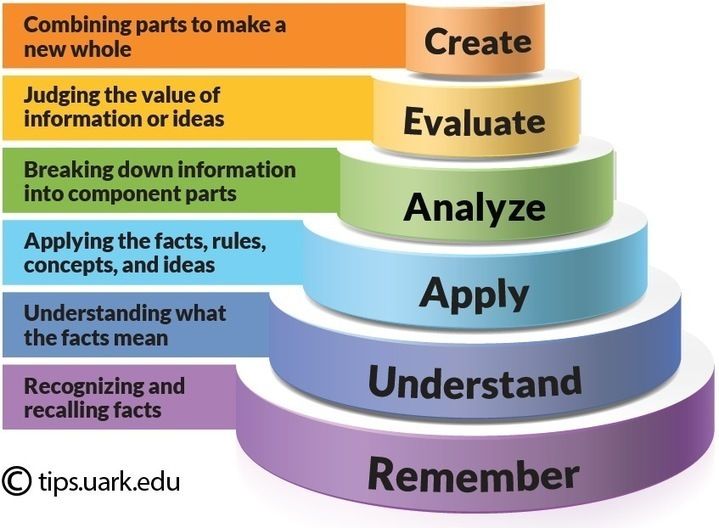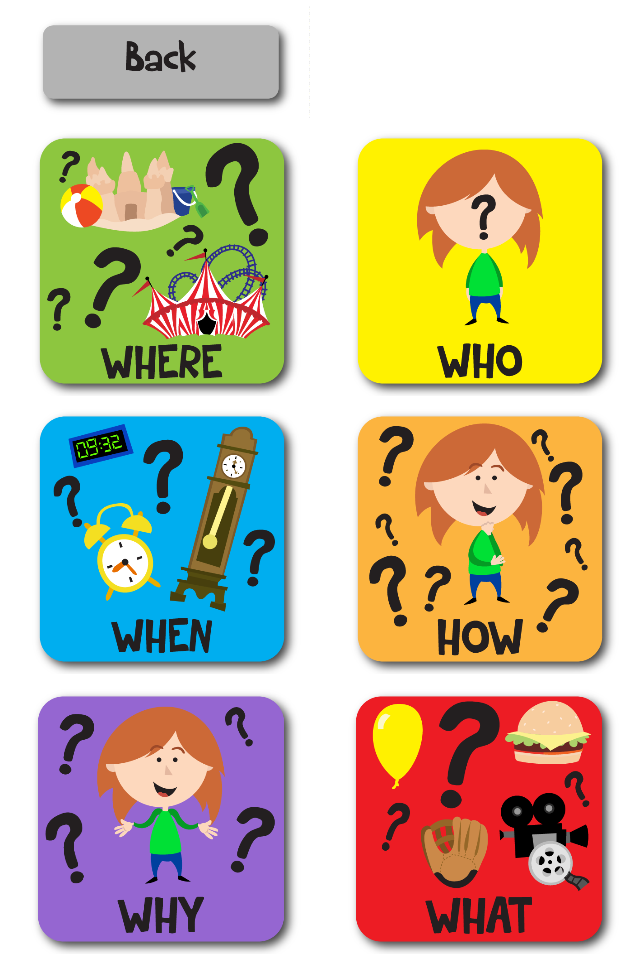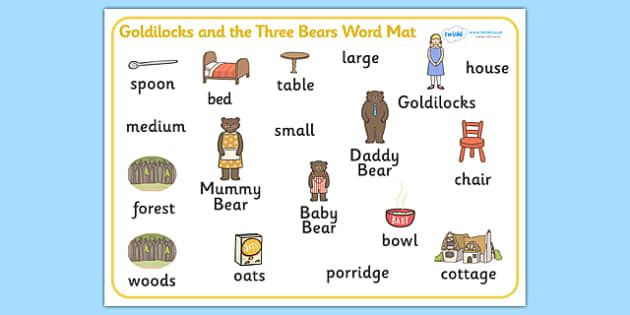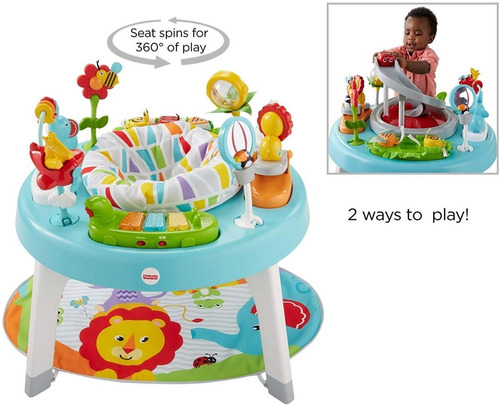What letters do you teach first
Literacy Instruction for Individuals with Autism, Cerebral Palsy, Down Syndrome, and Other Disabilities
What are letter-sound correspondences?
Letter-sound correspondences involve knowledge of
- the sounds represented by the letters of the alphabet
- the letters used to represent the sounds
Top
Why is knowledge of letter-sound correspondences important?
Knowledge of letter-sound correspondences is essential in reading and writing
- In order to read a word:
- the learner must recognize the letters in the word and associate each letter with its sound
- In order to write or type a word:
- the learner must break the word into its component sounds and know the letters that represent these sounds.
Knowledge of letter-sound correspondences and phonological awareness skills are the basic building blocks of literacy learning.
These skills are strong predictors of how well students learn to read.
Top
What sequence should be used to teach letter-sound correspondence?
Letter-sound correspondences should be taught one at a time. As soon as the learner acquires one letter sound correspondence, introduce a new one.
We suggest teaching the letters and sounds in this sequence
- a, m, t, p, o, n, c, d, u, s, g, h, i, f, b, l, e, r, w, k, x, v, y, z, j, q
This sequence was designed to help learners start reading as soon as possible
- Letters that occur frequently in simple words (e.g., a, m, t) are taught first.
- Letters that look similar and have similar sounds (b and d) are separated in the instructional sequence to avoid confusion.
- Short vowels are taught before long vowels.
- Lower case letters are taught first since these occur more frequently than upper case letters.
The sequence is intended as a guideline. Modify the sequence as required to accommodate the learner’s
- prior knowledge
- interests
- hearing
Top
Is it appropriate to teach letter names as well as letter sounds?
Start by teaching the sounds of the letters, not their names.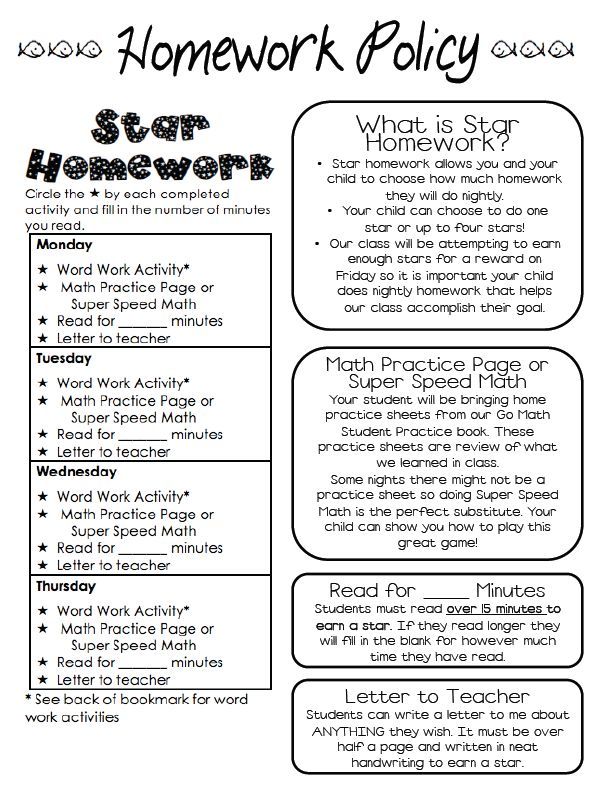 Knowing the names of letters is not necessary to read or write. Knowledge of letter names can interfere with successful decoding.
Knowing the names of letters is not necessary to read or write. Knowledge of letter names can interfere with successful decoding.
- For example, the learner looks at a word and thinks of the names of the letters instead of the sounds.
Top
Sample goal for instruction in letter-sound correspondences
The learner will
- listen to a target sound presented orally
- identify the letter that represents the sound
- select the appropriate letter from a group of letter cards, an alphabet board, or a keyboard with at least 80% accuracy
Top
Instructional Task
Here is an example of instruction to teach letter-sound correspondences
- The instructor
- introduces the new letter and its sound
- shows a card with the letter m and says the sound “mmmm”
After practice with this letter sound, the instructor provides review
- The instructor
- says a letter sound
- The learner
- listens to the sound
- looks at each of the letters provided as response options
- selects the correct letter
- from a group of letter cards,
- from an alphabet board, or
- from a keyboard.
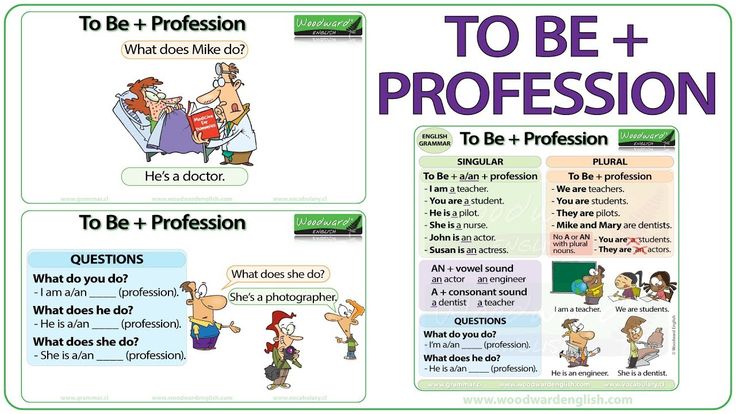
Top
Instructional Materials
Various materials can be used to teach letter-sound correspondences
- cards with lower case letters
- an alphabet board that includes lower case letters
- a keyboard adapted to include lower case letters
Here is an example of an adapted keyboard that might be used for instruction once a student knows many of the letter-sound correspondences.
The learner must
- listen to the target sound – “mmmm”
- select the letter – m – from the keyboard
Top
Instructional Procedure
The instructor teaches letter-sound correspondences using these procedures:
- Model
- The instructor demonstrates the letter-sound correspondence for the learner.
- Guided practice
- The instructor provides scaffolding support or prompting to help the learner match the letter and sound correctly.
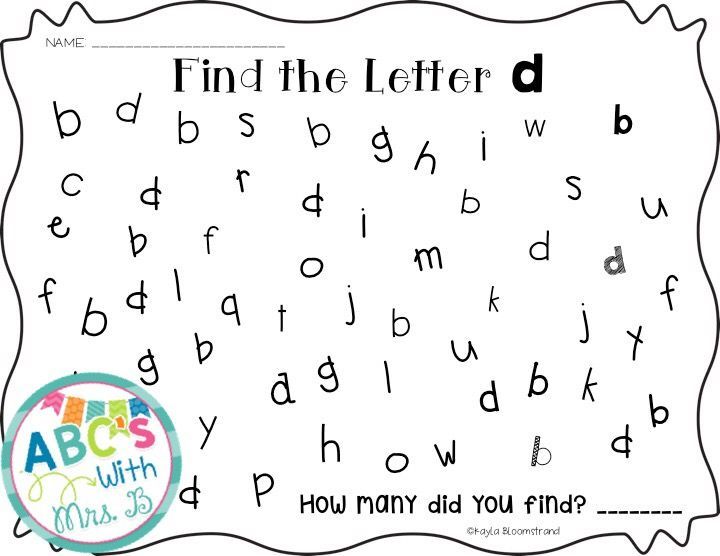
- The instructor gradually fades this support as the learner develops competence.
- The instructor provides scaffolding support or prompting to help the learner match the letter and sound correctly.
- Independent practice
- The learner listens to the target sound and selects the letter independently.
- The instructor monitors the learner’s responses and provides appropriate feedback.
Top
Student Example
Krista is 8 years old in this video
- Krista has multiple challenges, including a hearing impairment, a visual impairment, and a motor impairment. She also has a tracheostomy.
- We started to work with Krista when she was 8 years old. At that time, she was in a special education class at school and was not receiving literacy instruction.
- She uses sign approximations to communicate with others. She also uses a computer with speech output (a Mercury with Speaking Dynamically Pro software). Because of her hearing impairment, she does best when she receives augmented input (sign and speech).

- This video was taken after 3 weeks of instruction.
- Krista is learning letter-sound correspondences. So far she has been introduced to the letter sounds for m and b
- Janice is providing instruction; Marissa, a graduate student at Penn State, is learning about literacy instruction and helping to collect data; and Krista’s parents and nurse are watching the session, excited about her progress.
- Janice
- provides an array of letter cards as response options
- says one of the target letter sounds
- Krista
- listens to the sound
- points to the letter that makes the target sound
- After 3 weeks (approximately 3 hours) of instruction, Krista has successfully learned the letter sounds – m and b.
- Over the next months, we introduced the other letter sounds gradually. We also worked on recognition of high interest sight words, decoding skills, and shared reading activities.
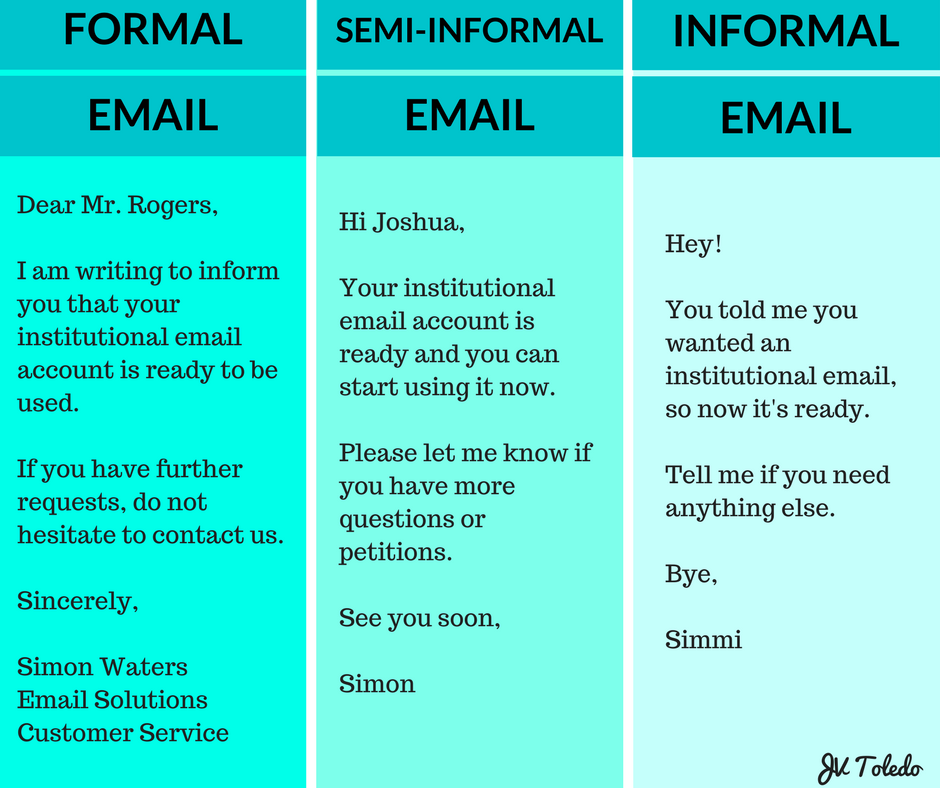
- Krista made excellent progress in all activities. Click to learn more about Krista’s success learning literacy skills despite the many challenges she faced.
Top
Pointers
There are a wide range of fonts. These fonts use different forms of letters, especially the letter a.
- Initially use a consistent font in all instructional materials
- Later, as the learner develops competence, introduce variations in font.
Top
Last Updated: February 19, 2019
Teaching Letter Recognition - What Order to Introduce Letters
Wondering about the order for teaching letters to your little ones? I’m on it!
I feel as though I am always writing about waiting to teach letter recognition. Wait and let little hands get strengthened by other activities. Wait until little minds have had ample time to hear different words and sounds. But a day will come when you SHOULD teach your little ones their alphabet letters, of course.
Wait until little minds have had ample time to hear different words and sounds. But a day will come when you SHOULD teach your little ones their alphabet letters, of course.
Whether it is when they are 3, 4, 5, or 6, at one point or another, they will be ready, and teaching letter recognition will be the name of the game. So, when they are ready, what is the order for teaching letters?
Don’t worry – I have an opinion on that too!
In fact, this is such an important topic, I have created a FREE resource just for you all about teaching letters to little ones. You can grab it right here:
If you are more of a watcher than a reader, I have created a seven-minute video for you all about teaching letter recognition to young children. You can watch right here (or simply keep reading below if you would rather):
And just in case the video above doesn’t work for you, you can also watch it right here on YouTube.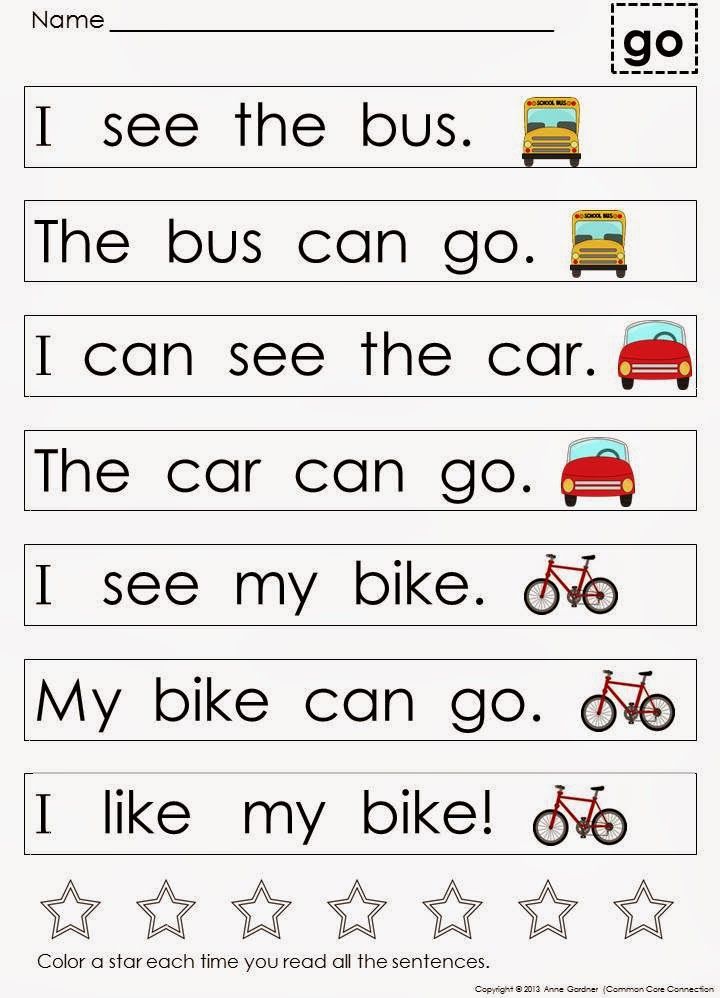
When I was in the Kindergarten classroom, I did not teach letter recognition in alphabetical order. I began with “name letters” as these letters hold a very important meaning to children. So for “Sammy,” he learned all about s, a, m, and y.
Once children know their name letters well, I would introduce the other alphabet letters (and sounds) in this order:
At first, relatively quickly, I would introduce the first row of letters, maybe over a week. Then we do lots of activities playing with those letters: their sounds, shapes, and names. Once they are mastered, we add in the next row. Building and growing, slow and steady.
Starting with the lowercase is helpful, and something I have begun doing—though I haven’t always. Clearly, little ones need to know both upper and lowercase letters, but since so much of the print in our everyday lives is lowercase, I find it beneficial to start in that way.
The letter order is similar to the way the letters are taught in the Jolly Phonics Program. By teaching the letters in this manner, children are able to begin forming words very quickly. After learning the first six letters, kids can make words in the “at,” “an,” “it,” “ip,” “ap,” and “in” word families.
By teaching the letters in this manner, children are able to begin forming words very quickly. After learning the first six letters, kids can make words in the “at,” “an,” “it,” “ip,” “ap,” and “in” word families.
- s, a, t, i, p, n
- c, k, e, h, r
- m, d, g, o
- l, f, b, q, u
- j, z, w
- v, y, x
Introducing the letters and letting little ones begin to make words almost right away creates a huge sense of pride. And since you waited to introduce the letters (you did wait, right?) they are absolutely ready and will be catching on right away, grasping those letter names and sounds easily. If not, perhaps wait a little longer.
I know it is hard (trust me, I know!) but waiting until your little one is ready will save you both mounds of frustration, and ensure your little one loves learning. There is no rush.
Of course, ideas and games for introducing letters can be found all over How Wee Learn!
Ready to start helping your little ones learn their letters? Here are some great ideas and fun games that will have those letters mastered in no time!
Digging Up Letters – Grab some dump trucks, diggers, and pebbles and “dig up” some letter-learning fun with your preschooler! This post shares more information about the order for teaching the letters.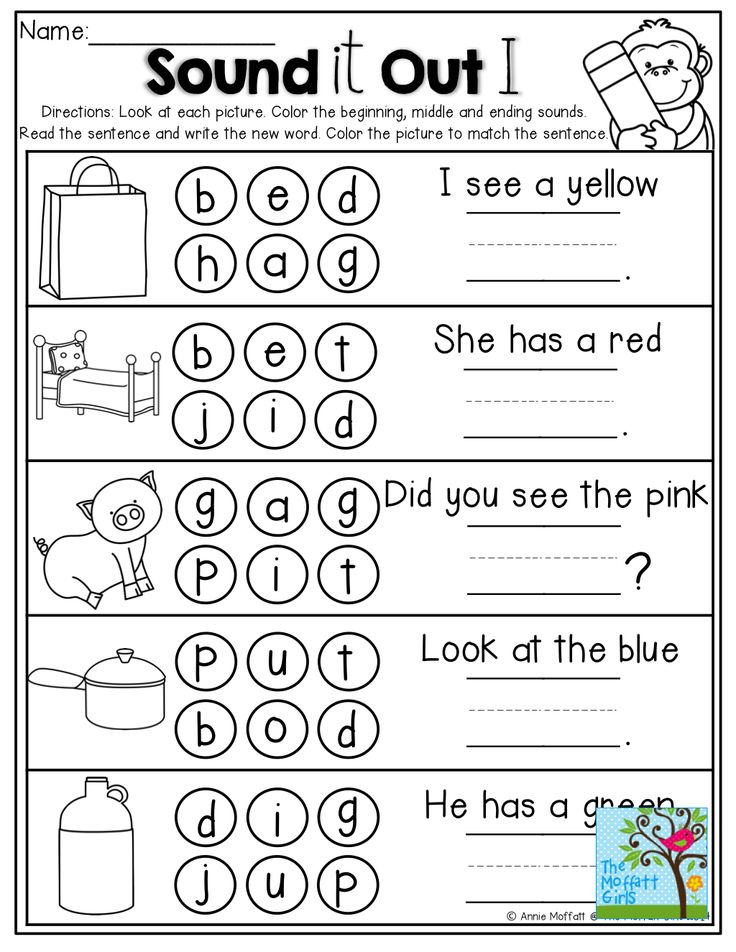
Flying into Letter Recognition – This fun one just requires painter’s tape and construction paper. Pop that first group of alphabet letters (s, a, t, i, p, n) on the ground using painter’s tape and let those little ones throw paper airplanes to learn their ABCs!
Swat the ABC Balloons – We love using balloons for fun learning games. This alphabet activity is absolutely perfect for preschoolers as it engages the whole body. And we all know 3-year-olds LOVE to learn with their whole body.
Zoom and Sort the ABCs – All you need is painter’s tape and some toy cars for this one. This one uses painter’s tape in a different way; the painter’s tape forms the road while the cars hold the letters. This letters activity for preschoolers is great for introducing capital and lowercase letters.
Pipecleaner and Popsicle Stick Letters – Forming letters with pipecleaners and popsicle sticks on a homemade sticky board – popsicle sticks can be used for so many purposes!
Skeleton Bone Writing (bending Qtips!) – We use Qtips a lot over here for learning games like this one.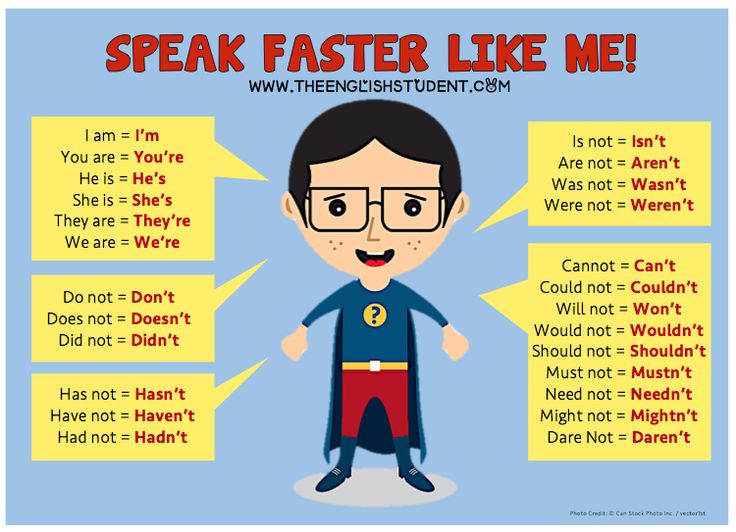 Bending those Qtips is a great way to make the curvy parts of the letters. Having children manipulate objects to form letters is a very powerful learning opportunity.
Bending those Qtips is a great way to make the curvy parts of the letters. Having children manipulate objects to form letters is a very powerful learning opportunity.
Re-useable Alphabet Paper Chain Games – We use construction paper a lot to make simple paper chains. I like to add velcro to make these chains reusable again and again. Little words can be built and played with all day long.
Building a Name with Blocks – Duplo building blocks are a favourite here, and they are perfect for this name-building game.
Mail Play! – Mailing friends their “name letters” is a great way to practice letter recognition! Matching letters of the alphabet is a great place to start with letter recognition. First, little ones recognize which letters match, then they can practice forming the letters from a sample, and finally, they can produce it on their own. The order for teaching letters can be the same for all of these steps.
Dinosaur Bone (Well, Letter) Excavating – Magnetic alphabet letters can be used for so many learning activities, like this fun dinosaur letter excavation!
An A-MAZE-ing Letter Learning Game – Grab that painter’s tape once more! This time we made a fun maze for learning our alphabet letters.
Now that you are armed with some fun games, have an idea about the order for teaching letters, and have waited for your little one to be ready… it is time to let them learn those letters!
Have fun with this big step with your little ones. And remember, slow is always better. Follow your child’s lead and keep it light and fun. This is the beginning of a lifetime of learning and a love of reading.
Good luck! And remember, I am only an email away with any questions!
Thank you so much for reading, friends! I hope you are having a wonderful week.
P.S. Don’t forget to grab your Free Teaching Letter Recognition Guide!
You’ll also love these How Wee Learn best-sellers:
Awesome Alphabet Activities for Preschoolers
Gross Motor Alphabet Games for Kids
7 Effective Ways to Memorize English Vocabulary
Test Your English and Get Learning Tips
Test for Free
270.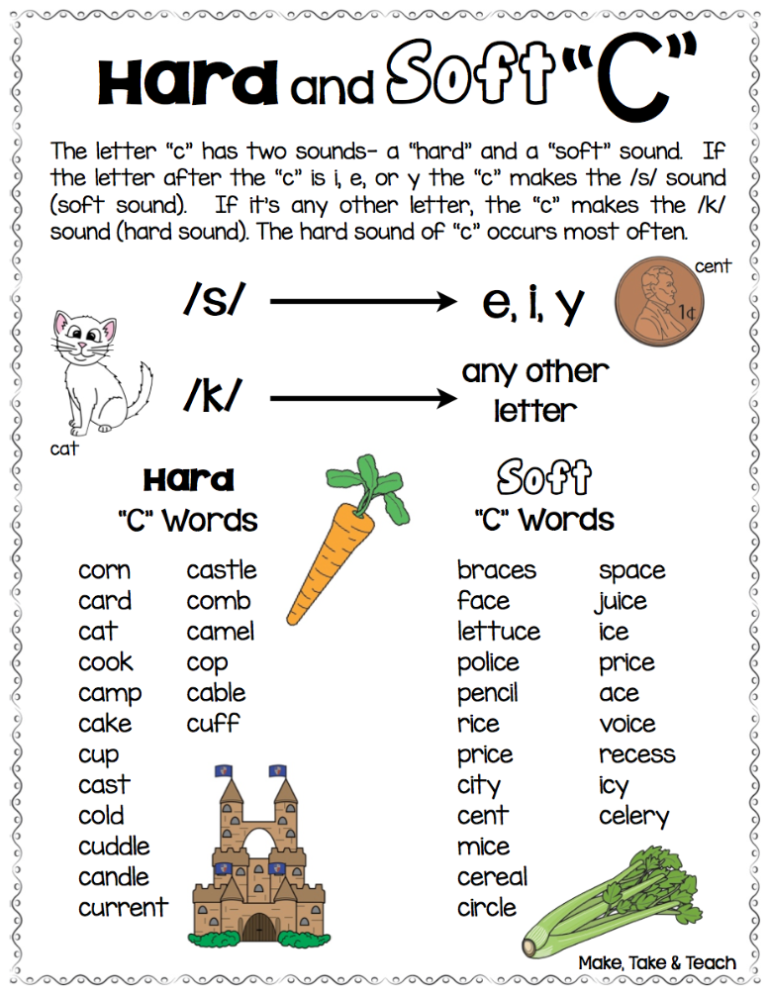 8K
8K
Scientifically Proven Techniques and Tricky Mnemonic Techniques to Improve Your Vocabulary
Learn Your English Test 9002 level, get recommendations on learning and a promo code for English lessons as a gift
When learning a foreign language, it is very important to constantly replenish your vocabulary - learn new and new words. However, not everyone succeeds in doing this. We offer eleven tips to help you memorize new words in English more effectively.
You can start with a video from Tanya Starikova in which she shares how she manages to learn English words: thoughts. Therefore, each word is valuable not in itself, but in the context.
Don't learn English words in a vacuum. If you come across an unfamiliar word and decide to remember it, write down the context in which it was used. For example, the English word ajar (ajar) is easier to learn as part of the phrase “the windows were ajar” (“the windows were ajar”) than separately.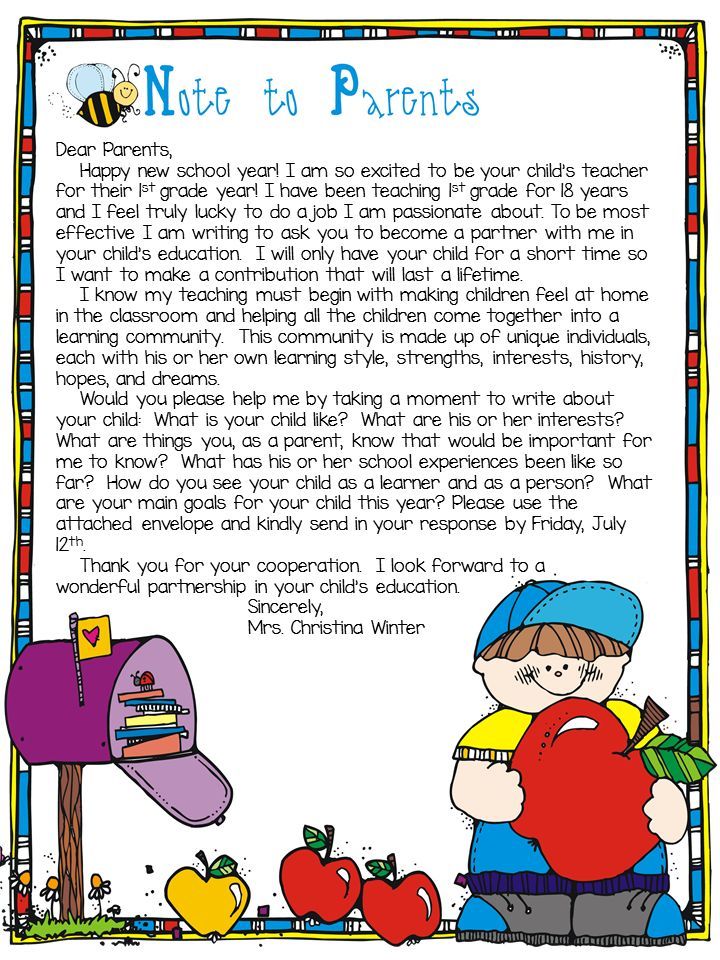
You can find ready-made examples of the use of the English word you are interested in in online services such as Reverso, PlayPhrase or Yandex.Translate. Also, practice making sentences with new words on your own. For example, you need to remember the verb to prefer (prefer). Make up some examples that will reveal the meaning of this verb.
| Would you prefer wine or beer? | Do you prefer wine or beer? |
| I prefer to be called by my first name. | I prefer to be called by my first name. |
| My grandmother prefers detectives to any other TV shows. | My grandmother prefers detectives to any other series. |
Demo lesson for free and without registration!
Take a lesson, learn about the school and get a promo code for English classes
Use pictures
Draw small pictures to remember the meaning of an English word. It’s not scary if you can’t draw: our brain receives so much monotonous information that a strange picture is a kind of surprise, and we always remember surprises.
If you don't feel like drawing on your own, choose a ready-made illustration for a new word on Google. It is better if the image is bright, strange or funny - this way it will be remembered more reliably.
You can collect word + image pairs in electronic form, but better - in the form of paper cards. To test yourself, look at the side with the picture and try to remember what English word it stands for.
Look up synonyms and antonyms
If you already have a basic vocabulary, practice finding synonyms and antonyms for new English words.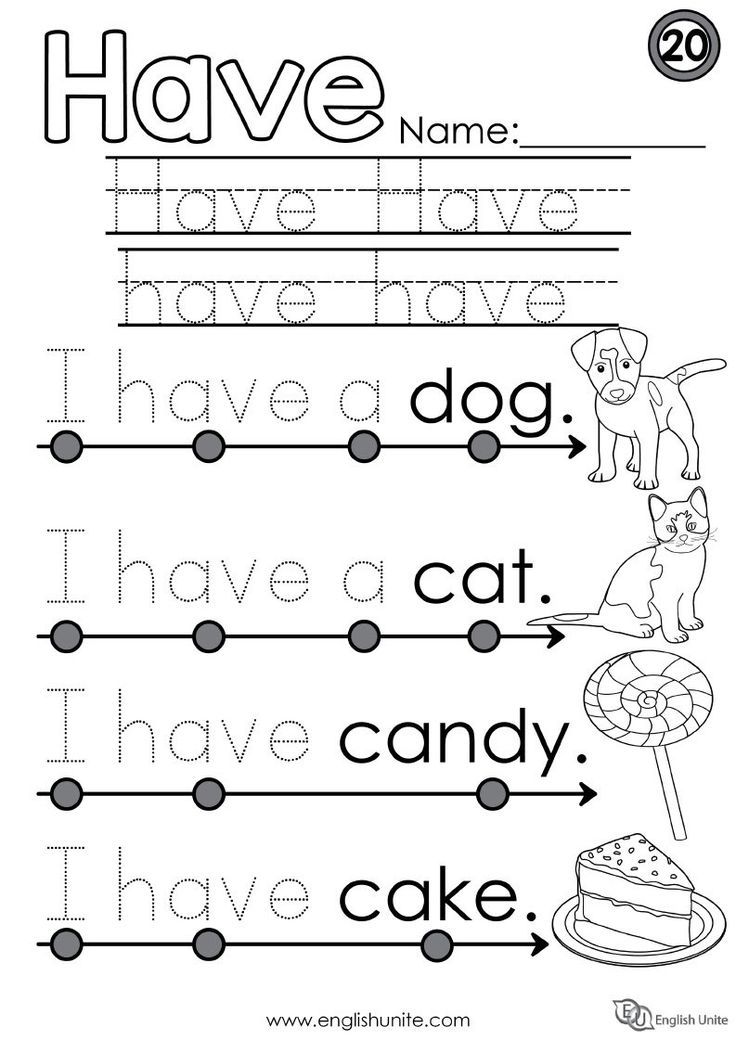 This will not only help them learn, but also come in handy in communication: if you do forget a word, you can easily find a replacement for it.
This will not only help them learn, but also come in handy in communication: if you do forget a word, you can easily find a replacement for it.
For example, you need to learn the word irreverent (irreverent, disrespectful), and you already know the word with the same meaning disrespectful . It remains to pick up antonyms: "respectful" - "respectful" and "polite" - "polite". In conjunction with synonyms and antonyms, a new English word will be easier to remember.
Memorize single-root words
Take the English root -respect- , which we have already considered in the previous example. Noun respect means respect. Now let's look in the dictionary for other words formed from the same root:
| respectful | respectful |
| to respect | respect |
| respectable | solid, respectable |
| disrespect | disrespect |
| in respect | vs. |
Thus, instead of one word, you learned several at once, and their meanings are interconnected, which will help to learn them.
Make up stories
To learn several unrelated words at once, combine them into a story. Memorizing a short story is easier than a bunch of random words because the story has a plot and can be recreated in the imagination.
Let's fantasize and make up a story with five random English words:
| pond | pond |
| coat | coat |
| loaf | loaf |
| to approach | approach |
| fireplace | fireplace |
From these words we got the following story:
| A boy walked to the pond . | A boy came up to the pond. He was wearing a gray coat and hat. The boy was carrying a loaf of bread. He was going to feed the ducks. But when he approached the pond, he did not see a single duck there. “It’s cold today,” the boy thought, “the ducks are probably at home, warming their paws by the fireplace. |
It's not scary if the story comes out strange or even absurd, because the unusual is remembered better.
Make associative networks
Our brain takes what we read and converts it into images, ideas and feelings, and then forms connections between new information and what we already know. This is how memorization happens - the new unites with the old. When you connect a new English word with something you already know, it's easier for your brain to find it and remember it at the right moment.
Draw a network of concepts. Take what you want to remember (word, idea, sentence) and write it in the center of the paper. Then draw lines from it in all directions, like a web.
At the end of each line, write down any English words or pictures that come to mind when you think of the word in the center. It doesn't matter what the associations are, just write down whatever you come up with.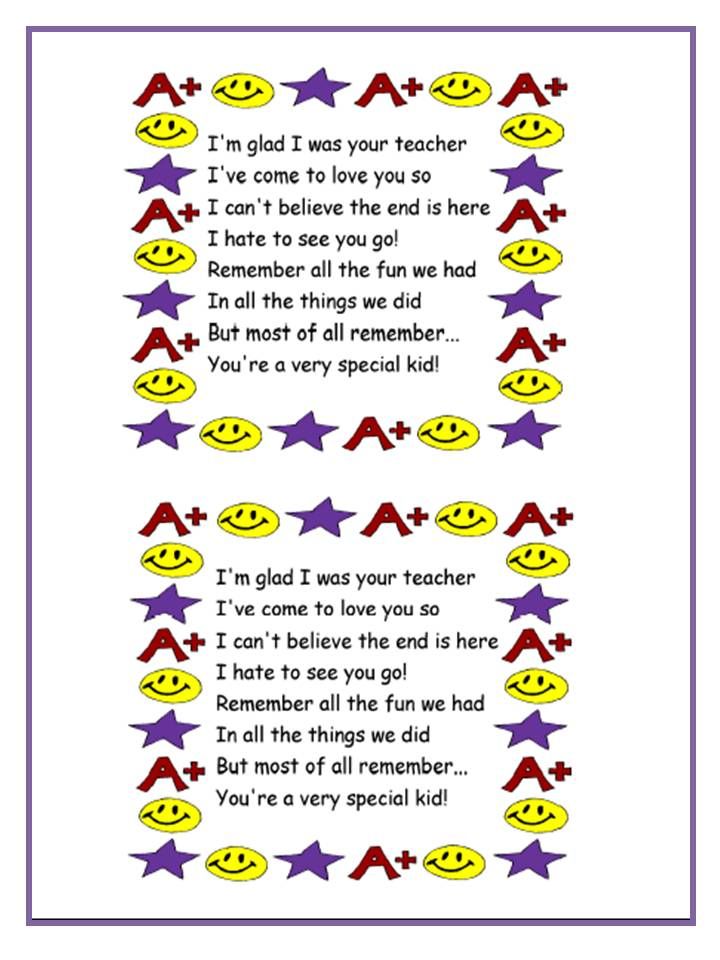
It will only take a couple of minutes, and now all the words or concepts will be interconnected in your brain. If you see or hear one of them, it will be easier for you to remember the others.
Use mnemonic tricks
Sometimes you can't remember a new English word, and none of the above methods helps. Then mnemonics will come to the rescue - a way of remembering through associations.
Let's say you have trouble learning the English word " eagle " ("eagle"). You can use a mnemonic prompt with a consonant Russian word: "Eagle's claws are ten needles ".
To memorize word tire (tire), you can mentally associate it with the consonant English word tired (tired): “Dad is tired, he’s been pumping up the tires” (“Dad is tired because he pumped up tires”).
You shouldn't get carried away with this method, but it helps a lot to learn tricky words that you can't remember otherwise.
Parse word by composition
Before looking up the translation of an English word in the dictionary, try to parse it by composition and determine the meaning yourself. For example, you came across the verb to mistreat . You don't know what it means, but you know the verb to treat - "treat, treat." It remains to find out the meaning of the prefix mis- . You may have encountered it in words such as to misbehave (behave badly) or to misunderstand (misunderstand). So the prefix mis- means something bad or wrong.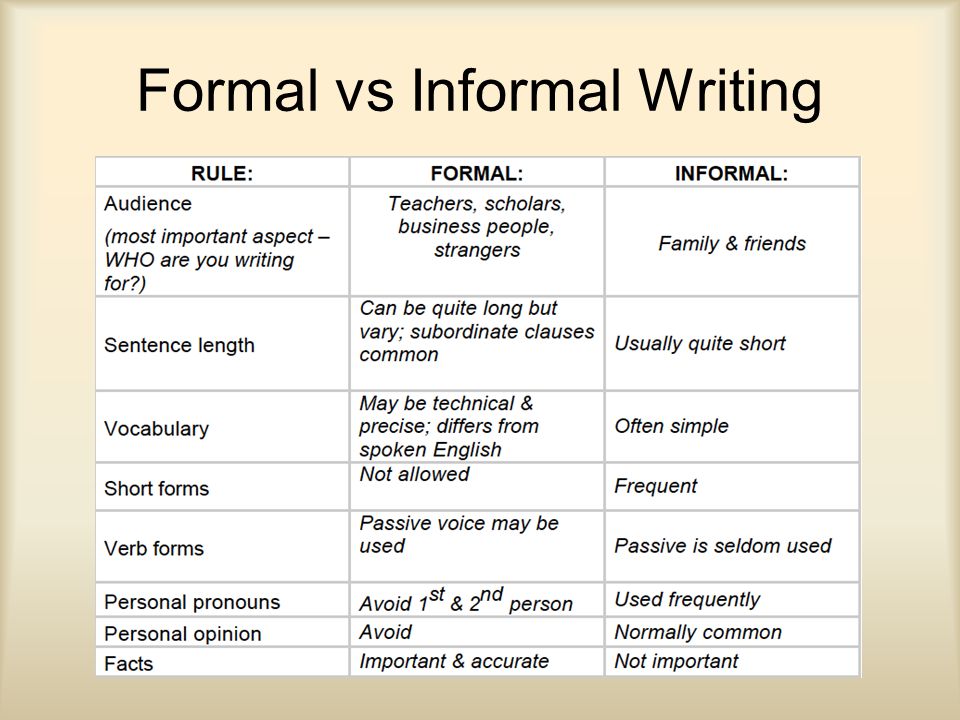 Indeed, the verb to mistreat is translated from English into Russian as "to mistreat".
Indeed, the verb to mistreat is translated from English into Russian as "to mistreat".
If you make a list of common prefixes ( un-, dis-, re-, de- etc.) and suffixes ( -able, -ly, -ent, -tion, -ive etc.) etc.) and remember what they mean, it will be easier for you to guess the meaning of new words for you in English.
Look for something interesting in a boring one
It happens that some topic is very difficult to come by, because it is not interesting for you personally. For example, you are studying the topic “Cars”, but you don’t drive a car yourself, and this area is completely alien to you. And it is not clear why to learn words that you are not going to use in life. To spark interest in a boring topic, connect it to something that is more interesting or useful to you personally.
For example, car images and metaphors are often found in the songs of foreign artists - you can easily find lyrics in English with the words steering wheel ("steering wheel"), highway (highway, highway) or lane (strip).
Or look for English idioms that use the words you want. Here are some automotive-themed ones:
- Stay in your lane. - Mind your own business (literally: stay in your lane).
- Down the road. - In the future (literally: further down the road).
- U-Turn. - A sharp change of mind (literally: a reversal).
- To put the brakes on. - Slow down (literally: slow down).
These idioms will come in handy in conversational speech, even if you never intend to drive. And now boring words will have more figurative associations that will help them learn.
Refresh knowledge periodically
Probably, this happened to you at school: you learned a dozen new English words, did your homework, wrote a dictation… And after a month everyone forgot. This happens because new vocabulary needs to be periodically repeated and refreshed in memory. There is even a recommended schedule for repeating English words, compiled on the basis of the works of the German psychologist Hermann Ebbinghaus:
This happens because new vocabulary needs to be periodically repeated and refreshed in memory. There is even a recommended schedule for repeating English words, compiled on the basis of the works of the German psychologist Hermann Ebbinghaus:
- Use a new word as soon as you learn it;
- Use the word again after 20-30 minutes;
- Repeat the word every other day;
- Return to a new word after 2-3 weeks;
- Repeat the word in 2–3 months;
- Fix the word after 2-3 years.
It is on this method of memorization that the application for learning new English words Aword is based. In order not to think about how many weeks and months have passed since meeting a new word, install the application and it will monitor the repetition schedule for you. By the way, Aword also uses other techniques for memorizing words listed in this article: images with associations and mnemonic phrases.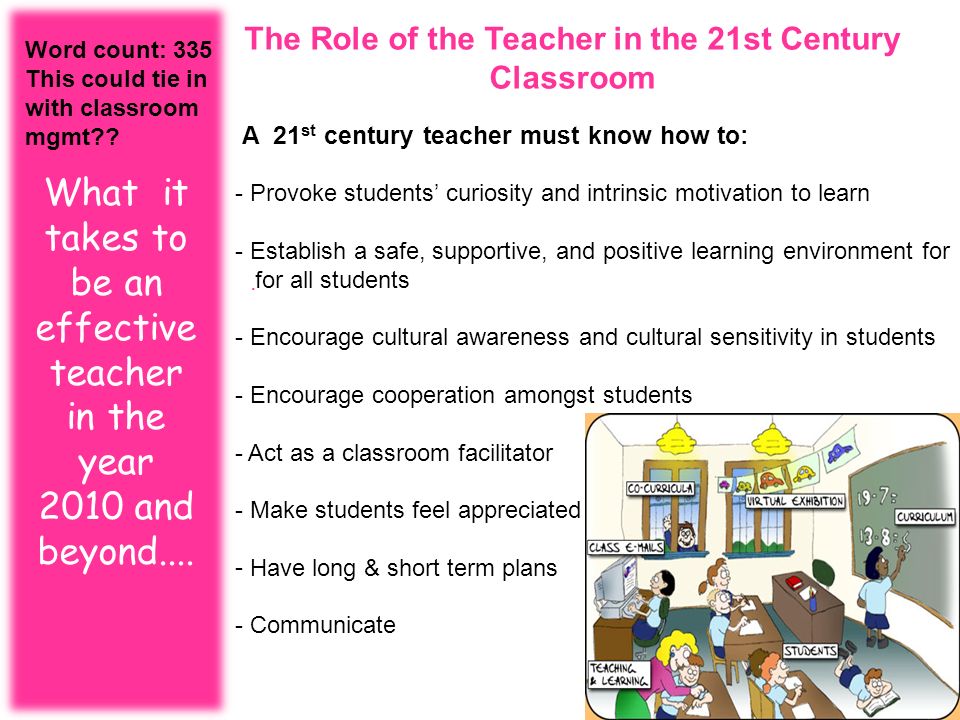
Make sure that the word is useful to you
Knowledge that we do not use is sooner or later forgotten, as happened with poems and theorems that we learned at school. Therefore, do not waste time memorizing rare, little-used words. This is especially important for those who are just starting to learn English. Before you draw flashcards and add a word to the spaced repetition list, make sure you need to know it at all.
There is a list of 3,000 words, which is enough to understand most texts written in English. Of course, during your studies you will still learn much more, but at first you should check the list so that you don’t spend time memorizing rare English words and forget about the most important ones. For convenience, such words are marked with a special icon in the Aword application.
Read more about the "golden list" of English words and how to apply it in your studies in our magazine.
Let's sum up
We have analyzed 11 ways to effectively memorize new English words - it remains only to put them into practice and choose the ones that suit you.
- Learn not individual words, but phrases and sentences with them.
- Draw association pictures for new words.
- Choose synonyms and antonyms for the word you want to remember.
- Instead of one English word, learn several cognates at once.
- Make up short stories with new words.
- Make associative cards with English vocabulary.
- Use mnemonic technique: consonant Russian or English words.
- Analyze words by composition and memorize the meanings of popular English prefixes and suffixes.
- Associate new words with things that interest you personally, such as useful idioms or English song lyrics.

- Periodically repeat the words you have already learned so as not to forget them.
- Do not fill your head with rare words, especially if you are just starting to learn English.
Check if you know the words on the topic
Read more:
Effective technique for memorizing English words
10 tips on how to learn English better
6 useful tips on how to learn English grammar 9003
The term "mnemonic" (analogous to a pictogram) is used as a designation for the visualization (in the form of an image, a set of symbols or objects) of an object, subject or phenomenon that describes it quite fully and facilitates its memorization or identification. Wikipedia.
editors Skyeng
to the previous article
How many words in English
to the next article
Rules for reading English
Meet the school for free in a convenient format
Premiumin an introductory lesson with a methodologist
-
We will select a course for your goals
-
We will tell you how
classes go
determined level and give recommendations on training
How to learn English words: 8 rules from 6 experts
And now you need to ask where the nearest pharmacy is, but this word - "pharmacy" completely flew out of your head . .. You find it in the dictionary and with indignation punch yourself in the forehead: “Pharmacy! Exactly! How could I forget that?!"
.. You find it in the dictionary and with indignation punch yourself in the forehead: “Pharmacy! Exactly! How could I forget that?!"
Sound familiar? English words are forgotten or just settle into the PASSIVE vocabulary. The question arises: how to learn English words quickly, easily and most importantly - effectively? Get ready: you will find a huge, but the most complete and useful article on this topic.
To draw up 8 rules for learning English words, we interviewed 6 experts . Two methodologists: Olga Sinitsyna (head of methodology and content department at Lingualeo) and Olga Kozar (founder of the English with Experts school).
And four language practitioners: Alexander Belenky (traveler and famous blogger), Dmitry More (professional translator and author of a cool video blog), Marina Mogilko (co-founder of the LinguaTrip service and author of two video blogs) and Ksenia Niglas (Cambridge graduate, Fulbright scholar and also a popular video blogger).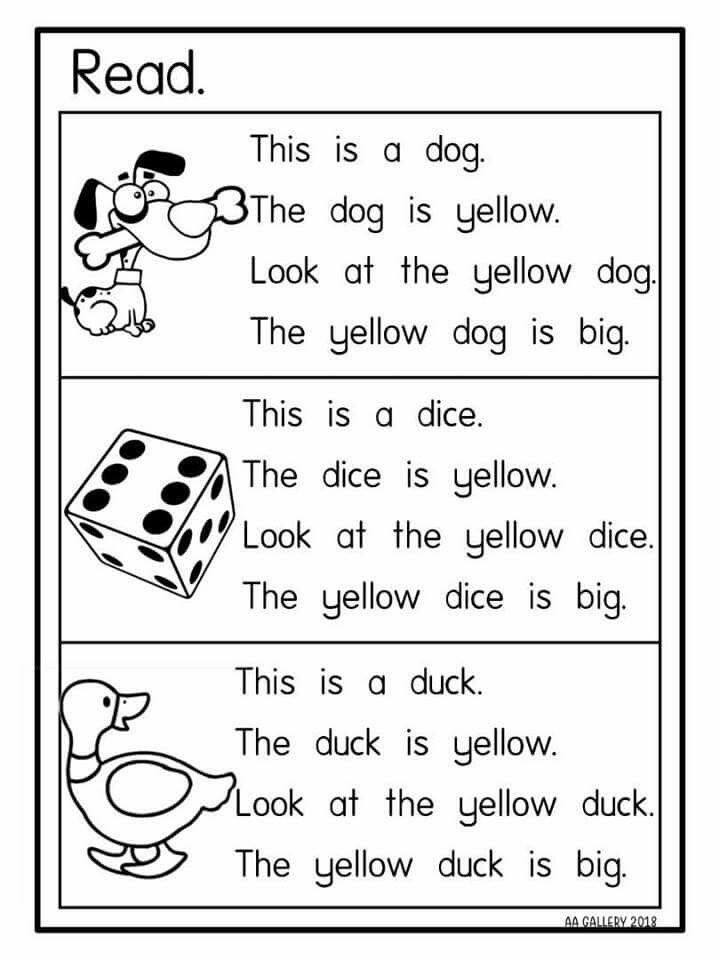 They will illustrate our rules with personal examples.
They will illustrate our rules with personal examples.
Table of contents of the article (it is really very large):
The first block. WHAT words to learn:
- High-frequency vocabulary (+ sources where to find it).
- Vocabulary for the area of interest (+ sources).
- Predominantly verbs.
- Set phrases (+ where to find them).
Second block. HOW to learn English words on your own:
- Only in context (+ what does it mean and where to find it).
- Use intralingual links (+ where to find them).
- Make up your own examples.
Third block. How to NOT FORGET words:
- Association method.
- Spaced repetition technique.
Which English words to learn first
Our answer will be useful for both beginners and experienced learners, because we often step on the same rake .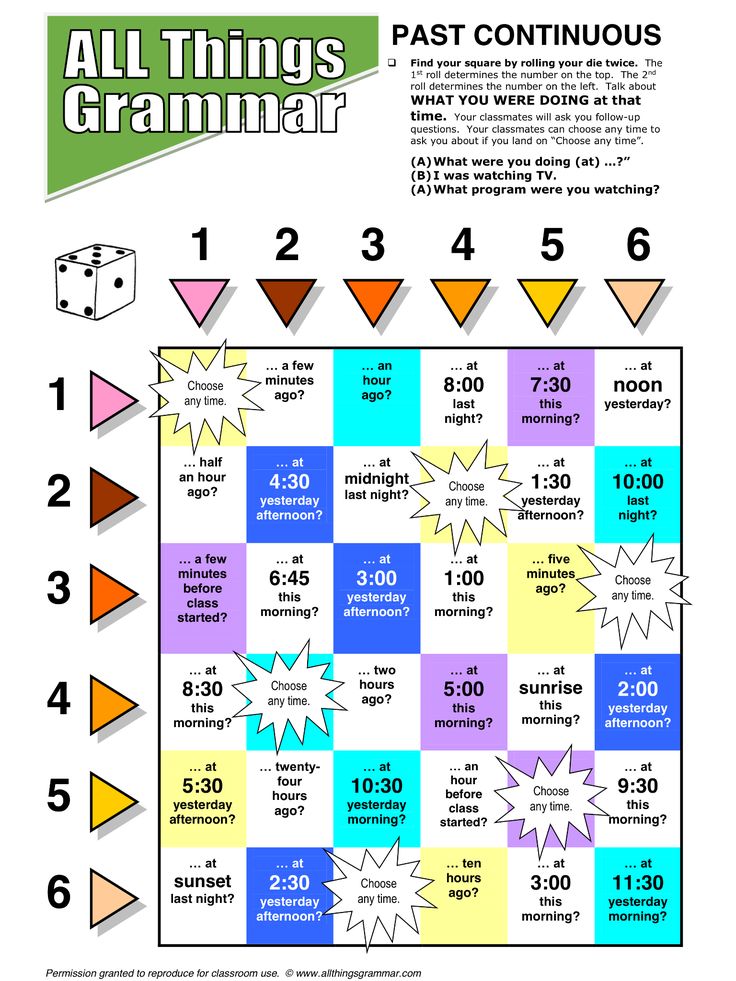 ..
..
Rule number 1 - Learn only the words you need !
When you learn a new language, the temptation is so great to memorize something like this: “superficial”, “wither”, “piercing” etc. Perhaps it will be possible to shine if refined interlocutors come across.
But why do you need the word "savor" if you don't know 3 forms of the verb "eat" ? Why "lightning" if you don't know the word "speed" ? Do you need sophistication if the basic vocabulary is not yet flying off the teeth?
In my late years at university, we studied specific vocabulary on the topic "International Relations" (my specialty is "International Relations and American Studies").
At the end of the 4th year, we went to the states under the Work and Travel program. Once I see that my classmate is sitting thoughtful. I asked what happened, and he says: “We have been going through all sorts of complicated concepts like “a treaty on the nonproliferation of nuclear weapons” or “detente” for four years now.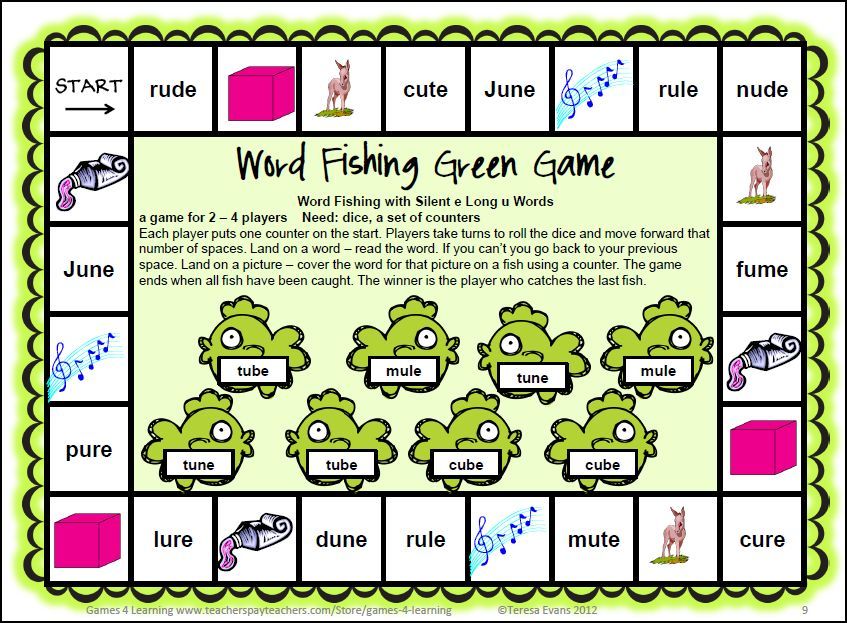 But today at work, I realized that I don’t know how to say “bucket” in English.
But today at work, I realized that I don’t know how to say “bucket” in English.
By the way, those complex terms were not useful to me. So not all English words and topics are really useful.
RECOMMENDED: do not waste time and memory resources on words that you do not actively use in your native language. It is better to use the saved forces for practicing and repeating words that have already been studied and are really needed. Go through the dictionary and remove the superfluous from there without a twinge of conscience.
What then to teach? Base + area of interest
The required vocabulary is compiled according to the formula: base (high-frequency words used by all people, regardless of profession, interests, religion, etc.) + words related to your interests and language learning goals (what do you need English for?).
At the same time, it is better to look for vocabulary in trusted sources, because sometimes something is presented as high-frequency, which in fact is not.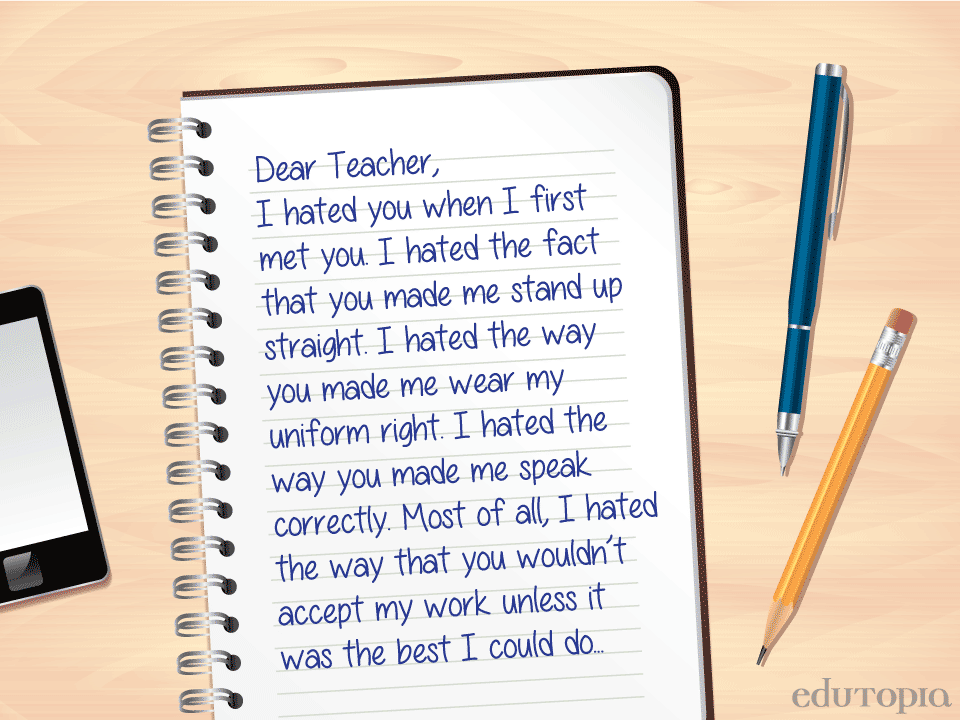
I remember how at school we learned many different words related to the traditions of English-speaking countries. These words have never been useful to me in my life.
For example, the word “shamrock” stuck in my memory, but I never used it.
It is easier to ask what a certain word means in the course of the situation than to try to prepare yourself for all kinds of traditions (and to ask, you just need frequency vocabulary - author's note ).
Where will we look for basic English vocabulary
1. Study the lists with high-frequency English words. Why go far: Lingualeo has lists of 100, 200, 300, 500 and 1000 frequency words. If your language level is already higher, then take larger lists, for example, The Oxford 3000.
2. Take out the words from the adapted literature. That is why it is called adapted because rare and complex words are replaced by simple and high-frequency ones. A selection of 16 cool books adapted by English-speaking experts can be found here.
A selection of 16 cool books adapted by English-speaking experts can be found here.
3. Study the news in an adapted language. The principle is the same as with books: read the news (you can find them at learningenglish.voanews.com) and write out unfamiliar words. Use our browser extension to immediately translate them and add them to the dictionary.
Better to have news, literature, etc. adapted by English-speaking experts: you will be sure that this vocabulary is really used in life.
I remember a school course where we were taught that breakfast is breakfast, lunch is dinner, dinner is supper.
In practice, it turned out that not only no one speaks supper, but even no one understands.
It turned out to be quite a local British word.
Lunch is actually lunch and dinner is dinner.
RECOMMENDED: the first thing you need is high-frequency words, without which speech is indispensable.
Look for such words in adapted materials and special lists.
Where to look for words for areas of interest
As an answer, I’ll tell you a case: in the summer of 2016, our communications director Katerina Belousova went as a volunteer to the Olympic Games in Rio. She was appointed as an interpreter for the beach volleyball section. Her English is excellent, but she did not speak sports terminology.
To prepare, Katya watched volleyball videos in English from the London Games. So all the necessary vocabulary was at her disposal.
Dmitry More shared the same experience: to prepare for the wheelchair volleyball project, he watched recordings of the Paralympic Games, read articles in English, and so on. Ksenia Niglas learned vocabulary for her bachelor's work in the same way. I think you understood our recommendation 🙂
Another great tip from Marina Mogilko:
For children who are learning English for a certain area, I recommend finding a series on their subject and watch-watch-watch in the original, because such a movie is filled with the necessary vocabulary.
These words are constantly repeated there, and if you hear a word 3-4 times in context, it sticks in your memory.
So, while watching House, M.D., I picked up medical vocabulary, and with the series Suits, I unconsciously remembered the words of a legal theme.
RECOMMENDED: google their professional question in English, find and study articles, videos, podcasts and collect words from these sources. Also, word collections for specialists will help you: for an actor, an IT specialist, a manager, etc. And here, in the blog, there is already a section “English for work”.
Rule #2 - Learn More Verbs!
Especially at the beginning of language learning. Any noun can be described as a last resort with the words "such a thing that ..." - and then a description of the actions.
Gina Caro in the book “English for Ours” describes an exercise: look around and describe in English using verbs all the nouns that you will meet: for which I eat, etc.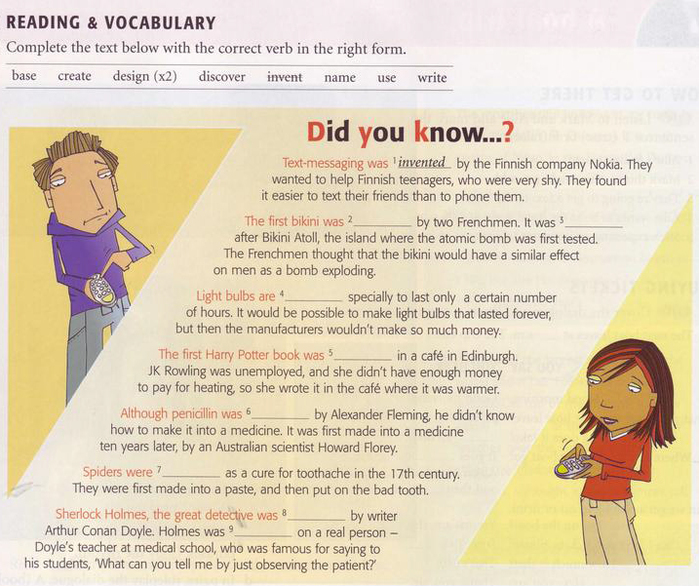
All the verbs that come across are good verbs, they are worth remembering. The only noun you need is thing .
RECOMMENDED: do the exercise from Gina Caro. Do you remember and know all the verbs?
Rule number 3 - Learn set phrases!
These are natural combinations of words for a native speaker. For example, take a photo , not do a photo , fast food , not quick food , etc. We have already devoted a separate article to this rule, in which you will find a list of phrases + dictionaries where there are more of them.
Why this is important: a person who does not speak a foreign language well, first thinks in Russian, and then translates these thoughts into English. But the norms of word compatibility in these languages are different.
Imagine that you have to explain that a car has a flat tire. You go to Google Translate and type in the word “lowered” (or “lowered”) , and the translator will give out descended (or deflated) .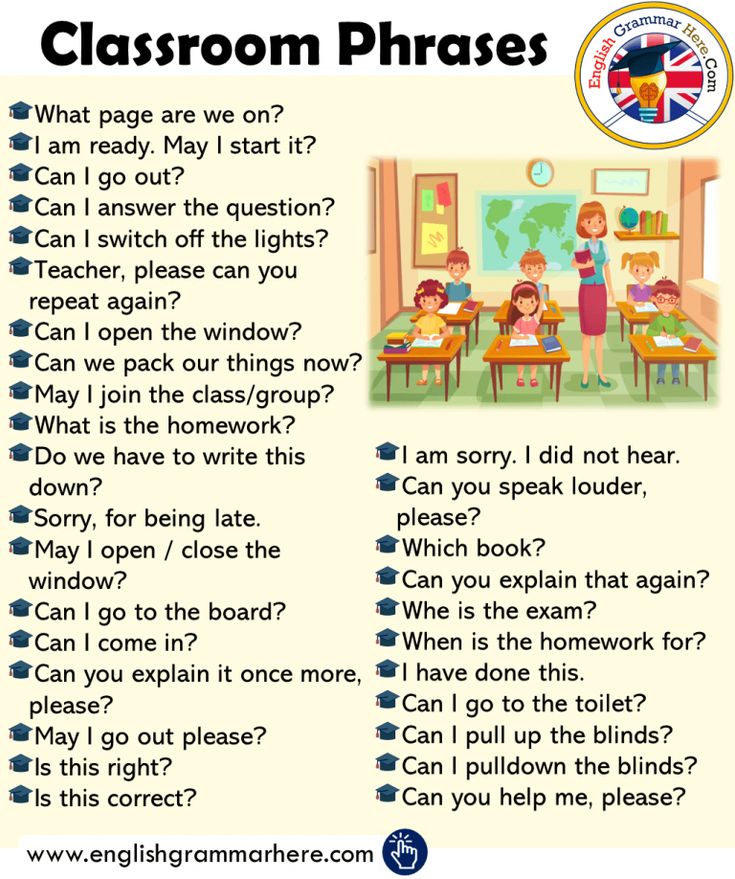 But there is a stable phrase for this situation.
But there is a stable phrase for this situation.
Once, when I was traveling in America, I got a tire puncture. It took me a long time to figure out how to explain it.
And only then did I hear the expression “flat tire” from a specialist who advised me. Then I remembered him well.
Although before that I associated the word “flat” with the word “apartment”. But this is a British version, in America an apartment is only called an apartment.
RECOMMENDED: learn more set phrases. Google collocations examples or common collocations and look at the result. Or just read our article. In addition to learning phrases, we recommend memorizing whole phrases. Teach them in the form you will use (1 literal unit). This is the advice of the polyglot Kato Lomb, which we recently wrote about.
How to learn English words quickly and easily
It can be seen from the previous part of the article that the sources of new words are English-language materials and word sets / dictionaries. And now you are learning, for example, the phrasal verb to get down . At this stage, typical mistakes begin.
And now you are learning, for example, the phrasal verb to get down . At this stage, typical mistakes begin.
Rule #4 - Learn words only in context!
Suppose you first came across the verb to get down in the KC & The Sunshine Band song "Get Down Tonight". You wrote it down on a card and noticed that in addition to the meaning used in the song “we’ll break off, we’ll light it up” , the verb has other meanings: make someone unhappy, write someone down, leave the table after eating etc.
“How cool! In one word I will cover so many necessary meanings! - you think and start to memorize all the meanings en masse.
And the wonderful musical context with disco rhythms has already been forgotten, and the word has become a set of letters with a dozen unrelated meanings ... Alas, most likely, you will not remember this word when you need it.
RECOMMENDED: learn to ignore that this or that word has some other meanings besides the one you need right now.
Let this word exist only in the context in which you met it. If in another place you see to get down with a different meaning - well, you will go to the dictionary again. But even then, don't get stuck thinking it's the same word. Let them exist in your mind separately, each in its own context.
If we found a word in English materials?
Then keep this context in mind. Parse the text of your favorite song, add a word to your study, and the context will always be with you.
I added this word from The Rolling Stones song "Gimme Shelter". The line at the bottom of the vocabulary card will always remind me of the context.
If we take a word from a list like "Top 100 frequency words"?
Then immediately put the word back into context. According to scientists, we should see every word 7-9times in different situations to remember it. There are many sources for these situations. For example, English explanatory dictionaries always provide words with good examples. These are the Cambridge Dictionary, Oxford Dictionary, Oxford Learner's Dictionaries and others. situations.
These are the Cambridge Dictionary, Oxford Dictionary, Oxford Learner's Dictionaries and others. situations.
Once one of my students came to the lesson after training and asked “How are you?” replied "My press hurts".
Indeed, if you go to, say, Google Translate and enter the word “press” there, it will give the answer “press”. But the problem is that "press" is a hydraulic press. And the one that hurts is abdominal.
And in the English-English explanatory dictionary you will immediately see that “press” is not what you need.
Another source of context is search engines in English-speaking countries, such as google.co.uk or google.com.au. You type a word into a search engine and see in what situations it is used.
The third source is English corpora (specially prepared databases of texts with reference English). The most popular are the British English Corps and the American English Corps. You need to work with them in the same way as with search engines: you drive in a word and study examples.
After you have found a suitable example (context) for yourself, you can add it to your word.
Learning English words online
RECOMMENDED: never learn a "lonely" word! When you start learning a new word, first of all, find good examples for it, the right context. In order, firstly, to remember it better; secondly, it is correct to use and combine with other words.
Rule #5 - Use intralingual links!
Some English words may have distant relatives in other languages such as French, German, and even Russian. Also, the word probably has close relatives in its own language - these are words with the same root, like ours: table, dining room, feast , etc. You can look for such “connections” in special etymological dictionaries, for example, etymonline.com.
Also look for synonyms (similar in meaning) and antonyms (opposite). The explanatory dictionaries that were above will help you with this. And catch another one: dictionary.com.
And catch another one: dictionary.com.
RECOMMENDED: for new words, especially rather complex, abstract ones, look for context within the language itself: cognates, synonyms, antonyms. All this will help create strong neural connections and associations.
Rule #6 - Make up your own word examples!
You did everything according to the rules: you found an example, together with it you “placed” the word in your head, but it is still forgotten… Why? Because it is better to remember what is related to you, your personal experience.
When you have learned a word, immediately think of your own examples for it, or better, act out a whole dialogue. Let's remember our to get down 0271 ).
— Let's rock out this Friday! - Can you free yourself? After all, if we want to break away for a long time , then we need to start early. - Yes. I want to start off at 8, and finish only in the morning! etc.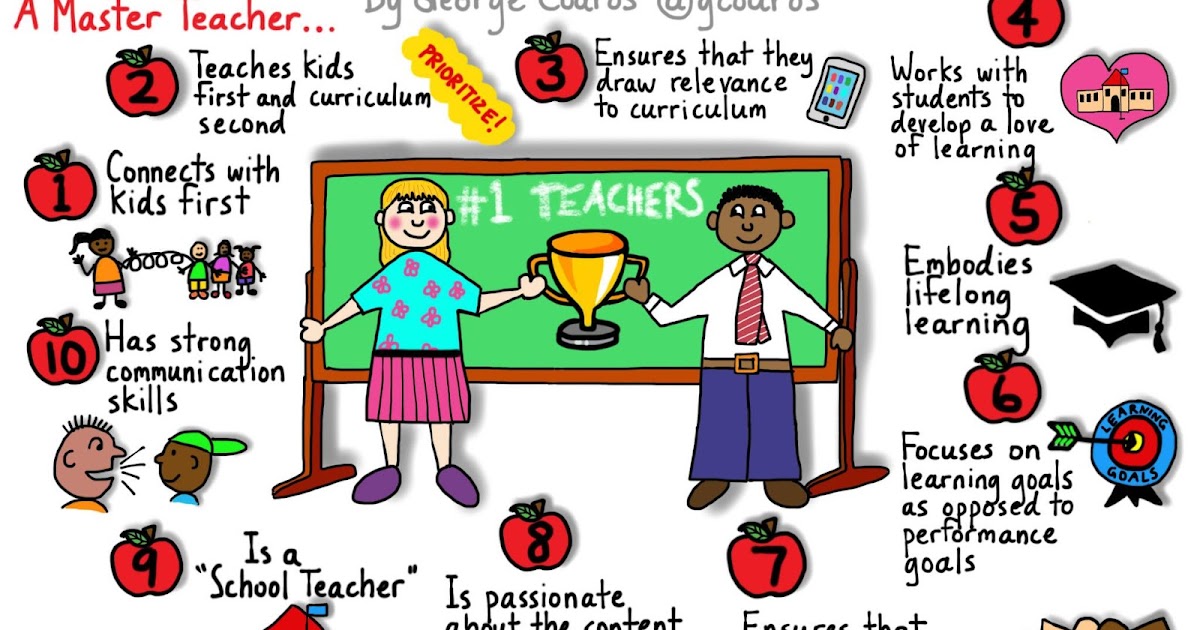
So, along with memorizing a new word, you will repeat the grammar.
When you have used a word yourself several times, it is remembered forever.
I remember the story with the word oatmeal (porridge). During my first trip to Britain, I did not know this word. In the meaning of "porridge" she used the word porridge all the time, as we were taught at school. But no one understood me, because porridge is a very formal, bookish word (no one uses it).
I was corrected once, corrected twice. Then I repeated this word several times myself - and that's it. I have not forgotten him.
WE RECOMMEND: after you have seen the examples of the word, think of your own context. Starting from it, come up with several examples (coherent dialogue or separate sentences) and say them loudly and clearly. If it’s hard to come up with a situation, then remember the last time you used this word in real life, and reproduce this situation in English.
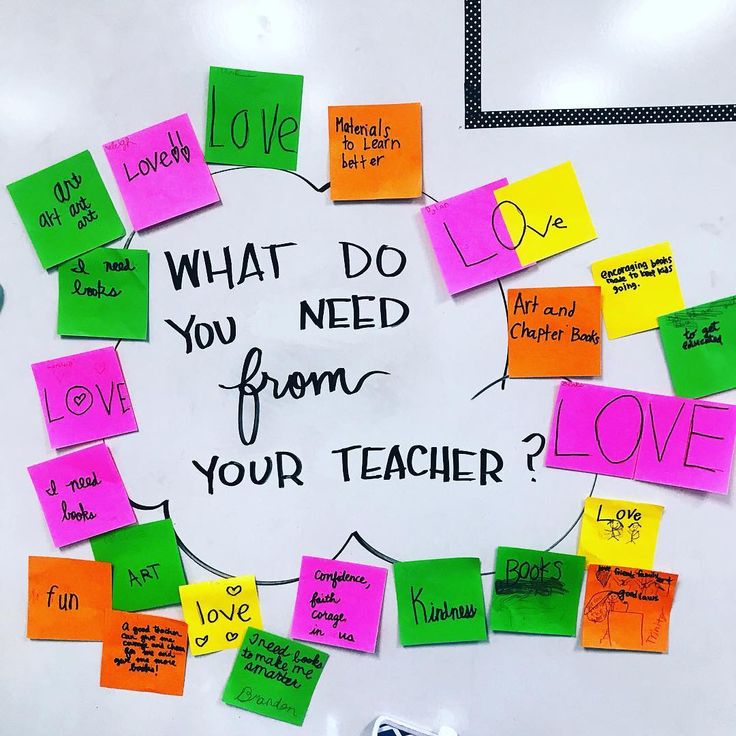
How to learn English words online: simulator
And then the next thing is small: learn to identify this word by ear (our Listening and Audio Challenge trainings will help), memorize its spelling (training Word Constructor), put the pronunciation.
How not to forget a new word?
If you learned a word in accordance with these rules, then it will settle in your head for permanent residence. But! If you do not use it in speech for a long time, over time the English word will move from an active vocabulary to a passive one. How to avoid it?
Rule No. 7 - Come up with a bright association for yourself!
This will especially help with abstract concepts, long and difficult words, etc.
For example, our service has a special field for entering an association. For owners of associative thinking and developed visual memory, this is just a godsend: close your eyes and remember this phrase.
Here is my stupid example of admiration. “Admirate” is a fiction based on the word “to die”. Silly, but works for me.
WE RECOMMEND: if you feel that a word does not fit in your head, is quickly forgotten, etc., then come up with your own association for it, understandable only to you. The more delusional, the better, because strange images are better embedded in memory.
Rule #8 - Use the spaced repetition technique!
In repetition, the main thing is not the character (HOW to repeat), but the timing of the workout (WHEN to repeat). It is better to do this when you are about ready to forget what you have learned. These moments of forgetting were established by the German psychologist Hermann Ebbinghaus, who developed the so-called "forgetting curve".
Suppose you learned a word. Repeat it a few minutes after that, then after a couple of hours, then after a day, then after 2 days, then after 5 days, then after 10 days, 3 weeks, 6 weeks, 3 months, 8 months, etc. .d. After a while, the word will firmly sit in your head.
.d. After a while, the word will firmly sit in your head.
The Repetition workout is based on this technique. She “slips” the learned words to you in accordance with the spaced repetition formula (more details here).
RECOMMENDED: Minimize repetition rate and maximize efficiency using spaced repetition techniques.
Let's summarize. How to learn English words every day - program
- Learn only the words you need! This is the base + specific vocabulary for your area of interest. Also learn more verbs, stable combinations and whole phrases. You can find all this in special sets, dictionaries and materials in English (adapted - for the base, thematic - for special vocabulary).
- Learn words only in context! If you "get" a word from an article, song, etc. - then keep it in your head with this context. You take a "lonely" word - look for a context for it. And in no case do not try to immediately learn all the meanings of a polysemantic word! You will only get confused and lose touch with the main thing - with the context.

- Immediately try to apply the word in life! If there are no communication situations in English yet, then invent your own examples: play a scene with this word, remember the real life situation associated with it. Remember that for strong memorization you need to meet the word 7-9times in different situations, and preferably in those that are relevant to your close experience.
- In order not to forget the word, come up with a vivid association for it: graphic, auditory, funny, stupid - it doesn't matter. The main thing is that it matches the type of your thinking (are you auditory? visual? kinesthetic?) and work for you.
- Minimize the repetition rate using the spaced repetition method.
Have you even noticed how many pages you have done?!
You may think that this is too long. That it's easier to just run words through workouts or memorize cards and hope for their "magic" effect.
You promised to tell how to learn English words quickly !
But the same Lingualeo is TOOL , which gives you the opportunity to add an example (context), your picture and association.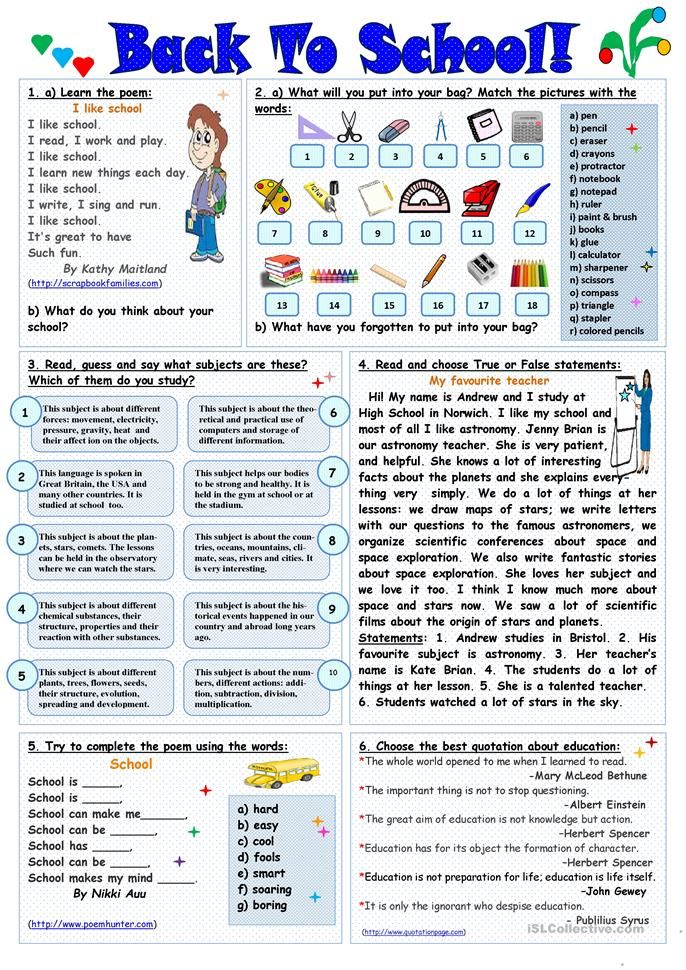

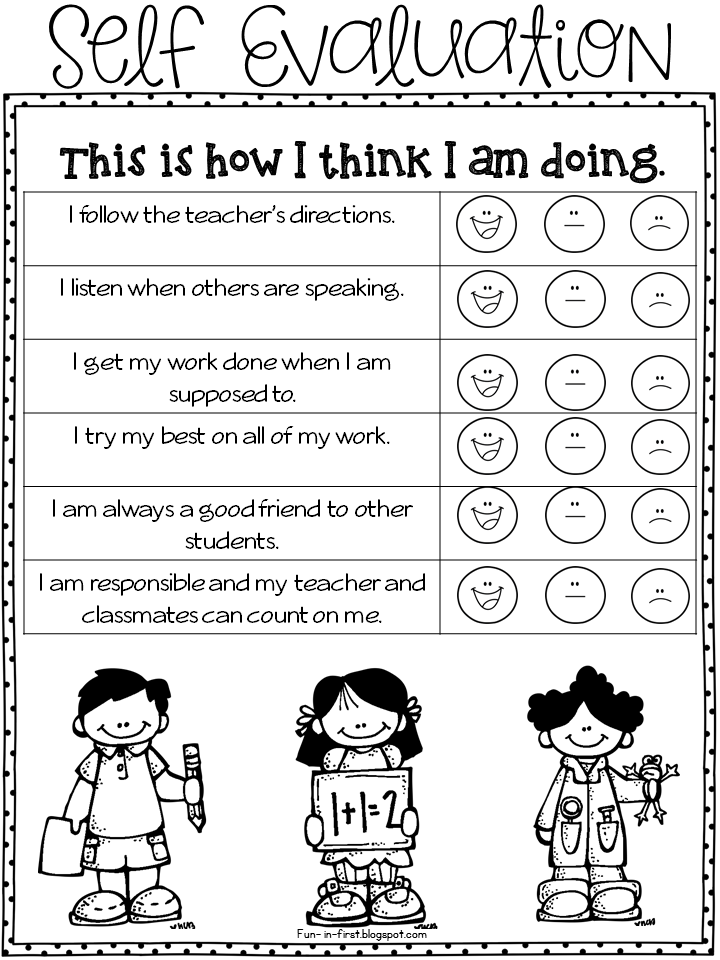
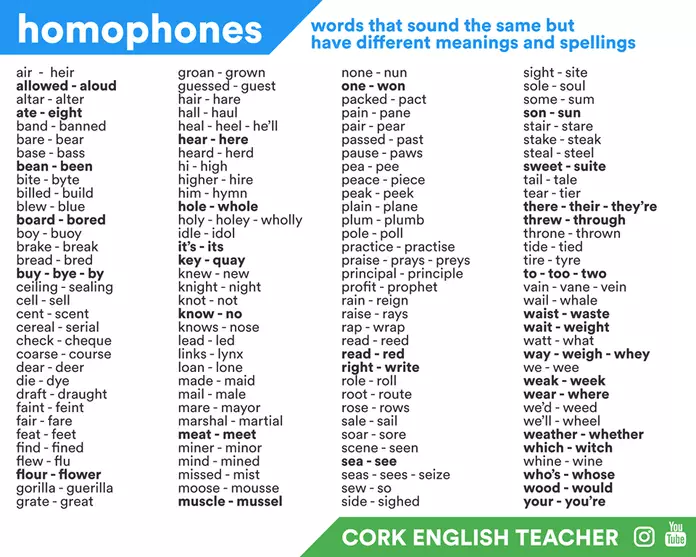
 He was dressed in a gray coat and a hat. The boy was carrying a loaf of bread. He was going to feed the ducks. But as he approached the pond , he saw no ducks there. "It's chilly today", the boy thought, "the ducks must be at home, warming their feet at the fireplace ".
He was dressed in a gray coat and a hat. The boy was carrying a loaf of bread. He was going to feed the ducks. But as he approached the pond , he saw no ducks there. "It's chilly today", the boy thought, "the ducks must be at home, warming their feet at the fireplace ".  ”
” 